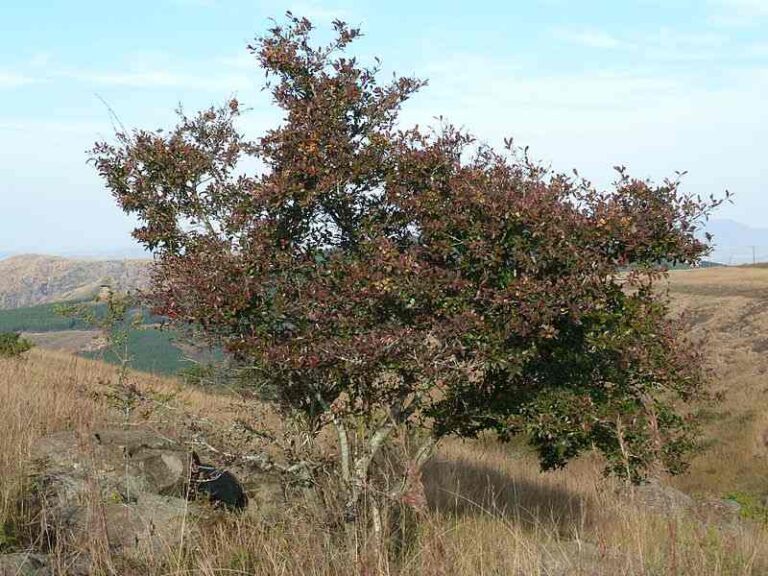Environmental Impacts Definition and Main Outline Explained
Environmental Impacts are the measurable results of processes and activities that affect the environment. This article discusses environmental impacts definition and main outline.
-Environmental Impacts Definition: 5 Ways to Define Environmental Impacts
-Outline of the Main Environmental Impacts
Environmental Impacts Definition: 5 Ways to Define Environmental Impacts
Environmental impacts are changes which occur in the environment as a result of human and natural influences.
While the most significant environmental impacts result from human activities, natural hazards, biochemical and geochemical processes can impact the environment as well. Examples of these include biodegradation, flooding, earthquakes, and the recycling activities of carbon sinks and sources.
The environmental impacts definition below highlights some of the causes of these impacts on the environment;
Environmental impacts are effects caused by human activities like raw material extraction, electricity generation, waste production, waste-to-energy conversion, deforestation, manufacturing and agriculture; as well as natural processes like flooding, wildfires and earthquakes; all of which lead to noticeable changes in the environment.
With regards to the above definition, natural events like flooding may have environmental effects through outcomes like soil erosion, landslides, infrastructural damage, and stormwater pollution. Reducing these impacts can be achieved using infrastructure like water dams, artificial reservoirs and mechanically-resilient structures.
To address the manmade causes of environmental impacts, measures like renewable energy development, recycling, circular economy implementation and sustainable farming can be utilized. These measures are all contained in sustainable development, which seeks to reduce negative environmental impacts among its goals [2].
An alternative environmental impacts definition is given below, based on the effects, or indicators of these impacts;
Environmental impacts are the effects of human and natural factors on the environment, which could be in the form of air quality decline, soil and water pollution, greenhouse emissions, global warming, climate change, landform alteration, resource depletion, desertification, flooding, soil loss, and other forms of change or environmental degradation.

The above-listed are all examples of environmental impacts, and their severity may be used as a metric for the amount of change which has occurred. Mitigating these impacts requires preventive measures like soil conservation, waste management, landscape management and water conservation; as well as corrective measures like soil restoration and environmental remediation.
Below is another environmental impacts definition which portrays the concept based on its links to such preventive and corrective measures;
Environmental impacts are metrics or tools used to assess the health, stability, sustainability and equilibrium of the ecosystem, as part of projects and processes in remediation, monitoring, data collection, and environmental impact assessment.
The next environmental impacts definition given below highlights the ecologic significance of the concept;
Environmental Impacts are effectual factors that influence the physicochemical, geochemical and biological components of the ecosystem, including resource availability, habitat subsistence and the cycling of nutrients in the energy pyramid.
The influence of environmental alteration can affect both natural and manmade ecosystems like forests, deserts, grasslands, tundras, and urban environs [1].
Outline of the Main Environmental Impacts
Main environmental impacts are; soil, air, and water alteration. These impacts affect other biotic and abiotic components of the environment like nutrients, vegetation, microbes, and macro organisms.
Soil alteration includes landslides, erosion, landform change, and soil pollution by coal, petroleum, leachate, heavy metals, and other toxins. These changes go on to facilitate other impacts like deforestation, desertification and biodiversity loss.
Air alteration may be in the form of atmospheric effects like greenhouse emission, global warming, climate change, and particulate pollution. These help to facilitate others like irregular precipitation and heat waves.
Water alteration occurs through pollution, and changes in drainage and flow patterns. Together with soil alteration, these effects may facilitate others like flooding, stormwater pollution, aquatic ecosystem degradation, and erosion.
Conclusion
Environmental impacts are the effects of human activities and natural processes, that involve significant change in the physical, chemical and biological attributes of the ecosystem.
The main environmental impacts are air, soil and water alteration. These may be in various forms and may facilitate various other impacts like flooding, pollution, erosion, desertification, climate change, and biodiversity loss.
References
1). Finch, D. M. (2012). “Climate Change in Grasslands, Shrublands and Deserts: A Review and Needs Assessment.” Available at: https://www.researchgate.net/publication/257881256_Climate_Change_in_Grasslands_Shrublands_and_Deserts_A_Review_and_Needs_Assessment. (Accessed 22 September 2022).
2). Naidoo, D.; Nhamo, L.; Lottering, S.; Mpandeli, S.; Liphadzi, S. M.; Modi, A.; Trois, C.; Mabhaudi, T. (2021). “Transitional Pathways towards Achieving a Circular Economy in the Water, Energy, and Food Sectors.” Sustainability 13(9978). Available at: https://doi.org/10.3390/su13179978. (Accessed 22 September 2022).



